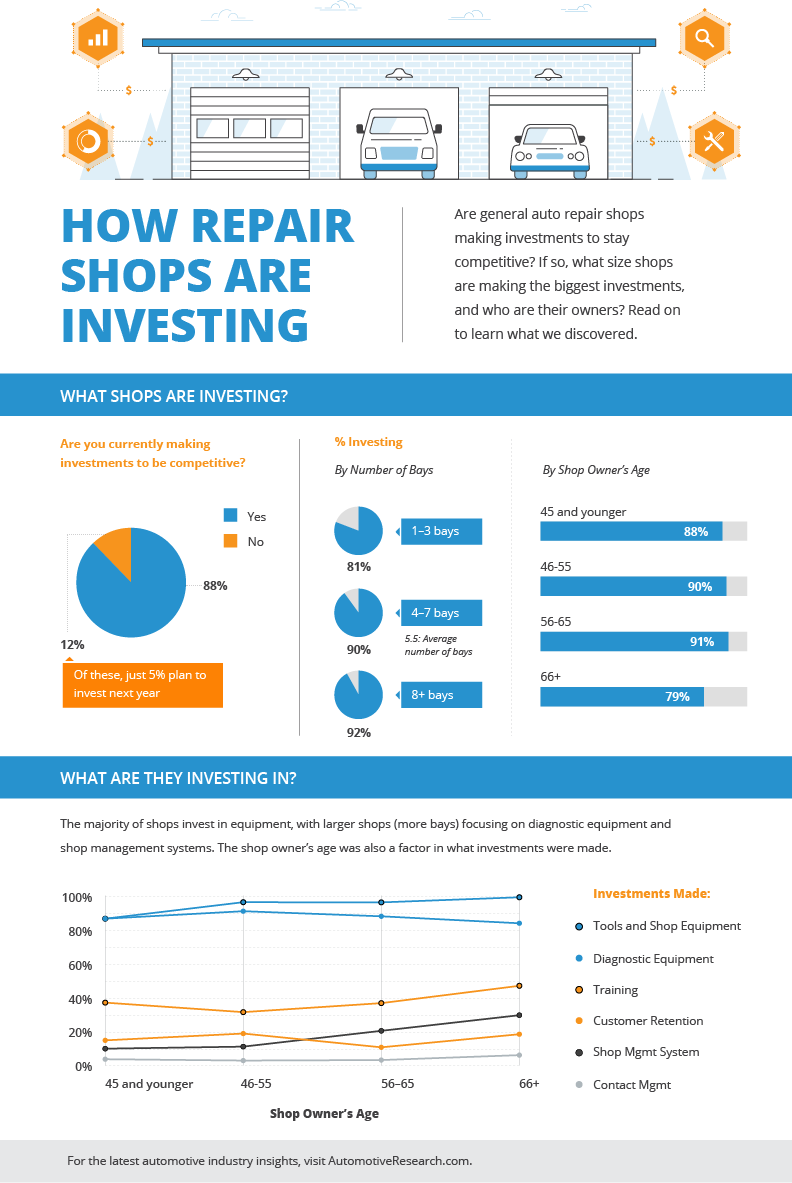Grasping The Value Of Your Car'S Warning Signals: What They Actually Stand For
Grasping The Value Of Your Car'S Warning Signals: What They Actually Stand For
Blog Article
Published By- https://oilchangedealsnearme74951.webbuzzfeed.com/32652705/just-how-to-choose-the-right-auto-describing-solution-for-your-demands
When you lag the wheel, those radiant warning lights on your control panel can be a bit complicated. Do you understand what they're trying to inform you regarding your vehicle's wellness? Recognizing the value of these lights is vital for your security and the long life of your car. So, the following time among those lights turns up, wouldn't you want to understand its message precisely and take the needed steps to address it?
Common Caution Lighting and Interpretations
Recognize usual warning lights in your cars and truck and recognize their definitions to make certain safe driving.
The most typical caution lights include the check engine light, which signals issues with the engine or exhausts system. If this light begins, it's crucial to have your car inspected promptly.
The oil pressure cautioning light shows reduced oil pressure, needing immediate attention to stop engine damage.
A blinking battery light could suggest a damaged billing system, potentially leaving you stranded if not addressed.
The tire pressure tracking system (TPMS) light notifies you to low tire stress, influencing vehicle stability and gas effectiveness. Overlooking this can result in risky driving conditions.
The abdominal light shows a problem with the anti-lock braking system, endangering your capacity to stop swiftly in emergencies.
Lastly, the coolant temperature level cautioning light warns of engine getting too hot, which can lead to extreme damages otherwise solved promptly.
Understanding these common warning lights will aid you attend to issues without delay and keep secure driving problems.
Relevance of Prompt Attention
Understanding the usual warning lights in your automobile is just the initial step; the value of without delay addressing these cautions can not be emphasized enough to ensure your safety when driving.
When a caution light illuminates on your dashboard, it's your cars and truck's means of interacting a potential concern that needs focus. Ignoring these cautions can cause more severe issues later on, endangering your safety and security and potentially costing you a lot more in repairs.
Prompt interest to cautioning lights can avoid failures and accidents. For instance, a blinking check engine light might show a misfire that, if left neglected, could cause damages to the catalytic converter. Resolving this promptly can save you from a costly fixing.
Likewise, a brake system alerting light might signify reduced brake liquid or used brake pads, important components for your safety and security when driving.
DIY Troubleshooting Tips
If you see a caution light on your control panel, there are a few DIY fixing tips you can attempt before looking for professional assistance.
The initial step is to consult your car's manual to understand what the specific warning light suggests. In some cases the concern can be as easy as a loose gas cap causing the check engine light. Tightening the gas cap might fix the trouble.
One more common problem is a reduced battery, which can cause various cautioning lights. Examining the battery connections for rust and guaranteeing they're safe may deal with the issue.
If a caution light continues, you can try resetting it by separating the auto's battery for a few minutes and after that reconnecting it. Additionally, checking your car's fluid degrees, such as oil, coolant, and brake liquid, can assist fix cautioning lights associated with these systems.
Conclusion
In conclusion, comprehending your vehicle's warning lights is necessary for keeping your car running smoothly and securely. By promptly attending to these signals and recognizing what they imply, you can avoid pricey repair services and potential breakdowns.
Keep in mind to consult your cars and truck's handbook for specific information on each alerting light and act as necessary to ensure a trouble-free driving experience.
Read Alot more notified, remain safe when driving!
